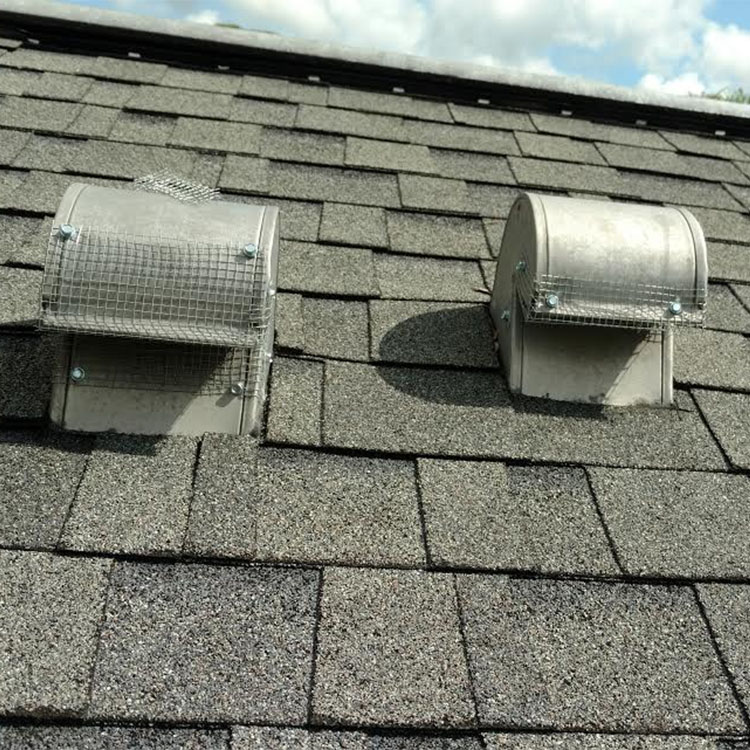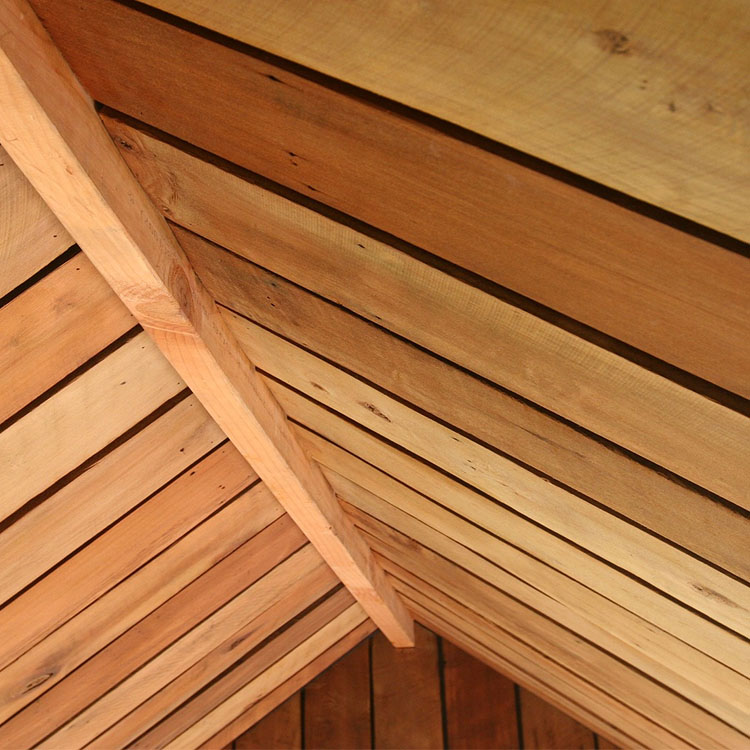How to Trap Bats
Bat Trapping vs. Exclusion
In the wildlife removal industry, bat trapping is very uncommon and inhumane. When you speak to a wildlife professional, they will tell you that their only method of bat removal from your home, attic, chimney, or crawlspace, is bat exclusion. It is illegal to catch bats in a trap to which they cannot escape, and could starve to death. That's why the exclusion method is the only way to handle these creatures when they make a colony in your home.

How To Exclude Bats
When performing an exclusion, you'll need to have done a bat inspection first. If you don't inspect the area around the bat's nest inside of your home, you won't be able to find their points of entry. Finding these points of entry/exit is essential to executing an exlcusion.
Inspecting for Bats
Read our extensive articles regarding this topic for more information, but we will provide a brief summary of the type of inspection that our trained service technicians complete before starting exclusion work.
Inspecting the Roof for Bats
Check your soffit, facia board, chimney, and eaves for signs of bat droppings. Bats are dirty animals that feed outdoors, and live amongst their own droppings. You may see dirt, oils, and droppings smeared on parts of your home around their access points. Access points include damaged siding, cracked brick, punctured stucco, and areas of damage along the edges of your roof. Bats have also been known to burrow underneath damaged barrel tile roofs.

Attic Inspections for Bats
Your attic is most likely where theyt are making a nest inside of your home. They like the dry heat inside attics, as well as the low light. It's also less likely they will run into predators or humans inside of your attic, making it a nice, safe place for them to start breeding their colony. When they do this, they generate a horrible stench from their guano piles and bat urine they leave behind. This waste soaks up into your drywall, trusses, and insulation, and will require sanitation later. For now, identifying where the nest is takes the highest priority.
We recommend hiring a trained bat removal specialist do perform the attic inspection as they will have the proper safety gear to perform this inspection. Bat feces can carry disease and be extremely harmful to your health.
Starting Exclusion Work
You can start exclusion work yourself by sealing small openings with silicone and window screening. You can also repair any damage to your roof of soffit. Keep in mind that you don't want to close in the bats. That will cause them to starve and eventually die. This is highly illegal as this is a protected species by the Endangered Species Act.
Install bat exclusion devices on the larger openings, like bat doors or bat funnels. This will ensure that the bats are able to escape the attic, but not make their way back in to nest again. Hopefully, they will build their nest elsewhere and leave your attic. Good luck!
